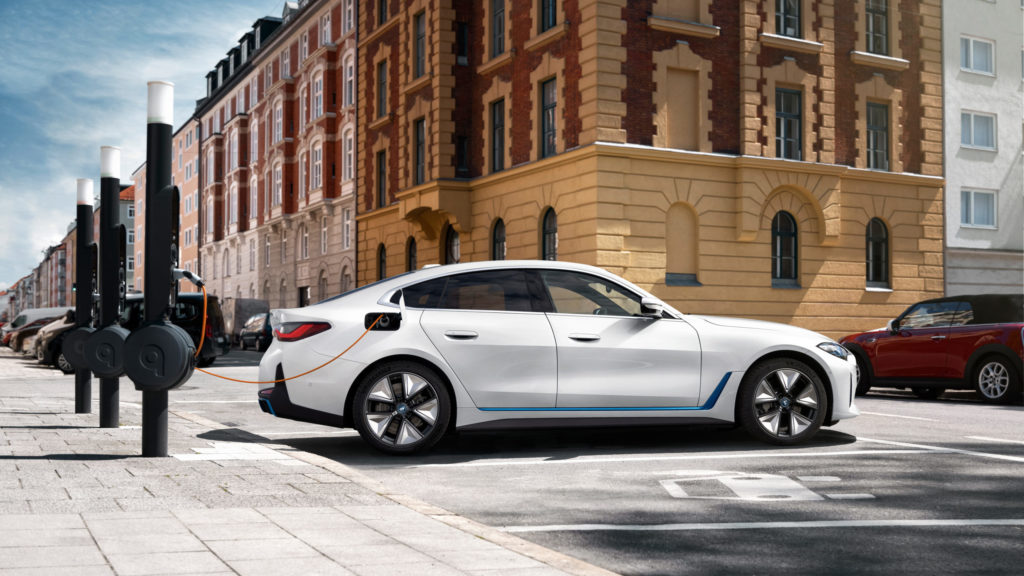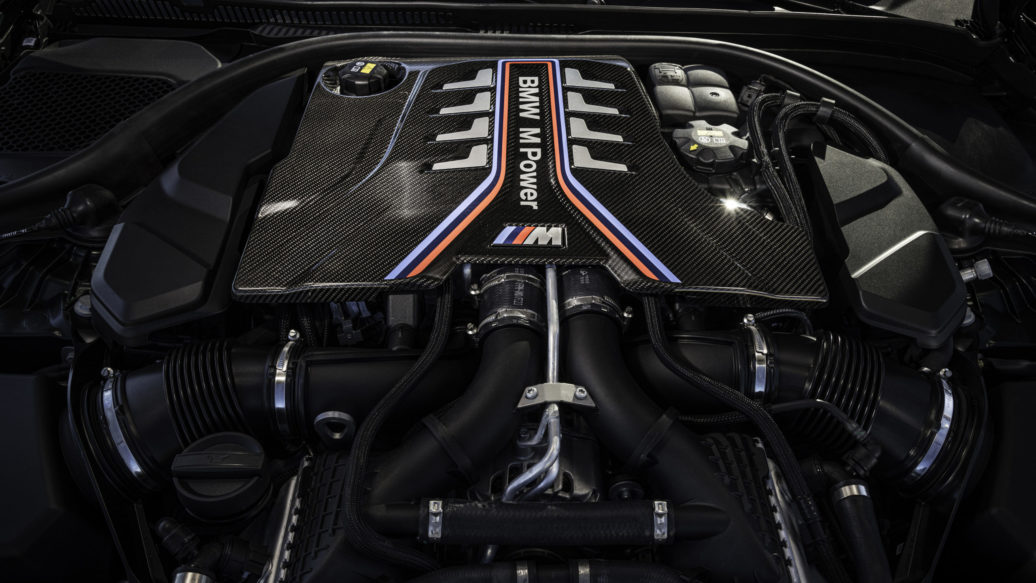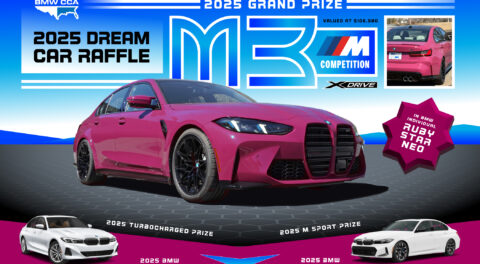New BMW V8 Engine
Over the past few months, there have been numerous developments in relation to the future of internal-combustion engines in consumer automobiles. This year alone, several automakers have announced plans to effectively eliminate gasoline- and diesel-burning engines from their lineups, either by the start of the next decade, or sooner in the case of Audi, which has chosen to transition to an all-electric lineup by 2026. BMW, an automaker that has long prioritized engine development and production as a core competency, has made no such plans, but has still signaled that it’s ready for whatever changes may come.
At the same time, we’ve also been waiting to hear about the future of BMW’s current engine lineup, the oldest of which is the N63 twin-turbocharged V8, introduced in 2008 for the 2009 model year. Although initially troubled by problems related to its ground-breaking and industry first hot-vee design with the turbochargers and exhaust manifold mounted between the cylinder banks, the N63 and M derivative S63 have been refined and remain in production today, powering some of BMW’s fastest and most capable models. Regardless, BMWBlog reported that the automaker was developing a new V8 engine back in 2019, and it may first hit the streets beneath the hood of what’s being referred as the XM.
The latest development in regard to the XM and its potential new V8 engine come courtesy of the BimmerPost forums, where a spy shot of an XM’s engine bay seems to suggest that the upcoming performance SAC—which is also likely to be offered in hybrid form—could be the first BMW with the new V8 engine. Details regarding the engine’s unique specifications remain scarce, but the layout of the air intake system visible in the photo indicate that the engine is of the V8 architecture. A horsepower figure of 650 has also surfaced, and looking back to our own report from 2019, the upcoming—and almost certainly final—BMW V8 is likely to displace four liters and retain the hot-vee layout first brought to market by BMW and later used by Audi, Mercedes-AMG, and Cadillac.
 Internal-Combustion Engines Until At Least 2030
Internal-Combustion Engines Until At Least 2030
Recently, in an interview with German automotive news outlet Auto Motor und Sport, former M chief Markus Flasch indicated that BMW would retain internal-combustion engines in M models until at least 2030. Although they’re likely to be combined with potent hybrid systems for maximum acceleration performance and overall efficiency by then, the use of internal-combustion engines in BMW’s top-range performance models for the remainder of the decade is consistent with perennial rival Mercedes-AMG’s own plans. Although Mercedes has stopped developing new internal-combustion engines, Mercedes-AMG is set to continue to develop and offer the current lineup until approximately 2030, by which time they will also almost certainly have been combined with hybrid systems and other technology such as electrically-assisted turbochargers. BMW, on the other hand, said it had no plans to stop development, according to CEO Oliver Zipse earlier this year.
 Charging Infrastructure
Charging Infrastructure
Finally, in another development related to the future of the automotive industry, BMW, along with other automakers Volkswagen, Renault, Hyundai, Nissan, and Stellantis (formerly Fiat Chrysler), recently refused to sign a pledge to eliminate combustion engines by the year 2040. The reason is simple: while countries like The Netherlands, Norway, and numerous others have effectively committed themselves to an electric future, infrastructure remains severely lacking in less developed countries and regions.
In order for BMW to fully embrace an electrified vehicle lineup, the company needs to be able to sell electric cars, and places where charging infrastructure remains lacking will need to catch up, further making the case for the alternative form of propulsion. Although BMW brands Rolls-Royce and Mini have already committed themselves to going all-electric in the near future, and the BMW Group itself has vowed to become carbon-neutral by 2050, the disparity between countries as far as charging stations are concerned remains substantial. Even in Europe, where electric vehicle adoption rates are significantly higher than other regions, the difference is substantial between countries. According to BMWBlog, in Germany and the Netherlands, there are between seven and nine charging stations for every 1,000 cars, while in Italy, the number is 0.4.
Vice President of Sustainability and Mobility Strategy at the BMW Group Dr. Thomas Becker said political leadership and binding targets are necessary to achieve the goal when discussing the future of the automotive industry and BMW’s switch to electrification with German magazine Dezeen. BMW has invested in and partnered with several companies to develop, advance, and democratize electric vehicle charging infrastructure, most recently engaging with BP and Daimler.—Alex Tock
[Photos courtesy BMW AG.]





















